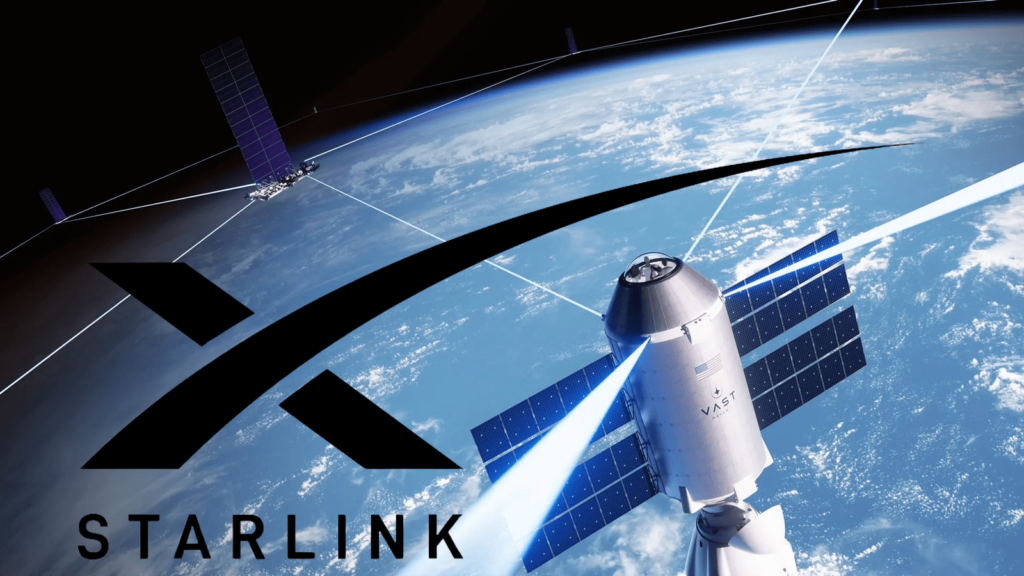Elon Musk’s space transport company SpaceX continues to expand the Starlink project, which was launched with the aim of creating a global internet network. The company has successfully placed 27 new Starlink satellites into orbit with the Falcon 9 rocket launched from the Vandenberg Space Force Base in California.

Successful Landing of Falcon 9
After the launch mission was completed, the first stage of the Falcon 9 rocket made a safe landing on Earth as planned. Thus, SpaceX has once again demonstrated its reusable rocket technology. In this way, the company significantly reduces launch costs and can perform space missions more frequently.
The Starlink network aims to provide high-speed Internet connectivity around the world with hundreds (or even thousands) of satellites in low Earth orbit. With this latest mission, the number of satellites in orbit has reached nearly 7,000. One of Starlink’s most important missions is to bring fast internet access to rural areas and regions with inadequate infrastructure.
Expansion Will Continue
SpaceX plans to increase global coverage by continuing to launch satellites at regular intervals within the scope of the Starlink project. The company’s goals include gradually increasing the number of satellites and maximising the quality of the connection.
With the new launch missions to be carried out by SpaceX in the coming period, Starlink’s internet service will reach more countries and users. Thus, regions that need low-latency, high-speed internet connection will also be able to benefit from this network.







